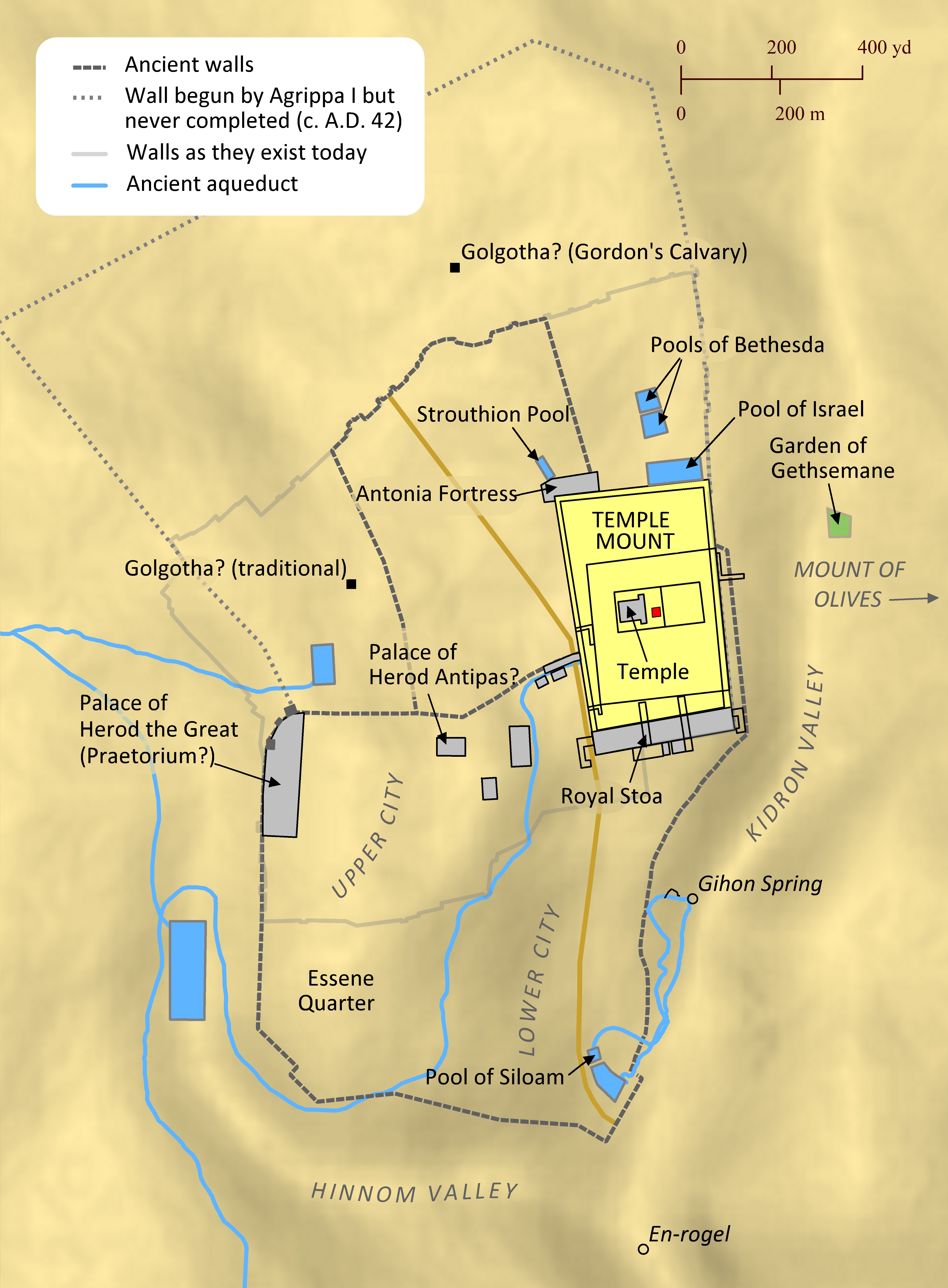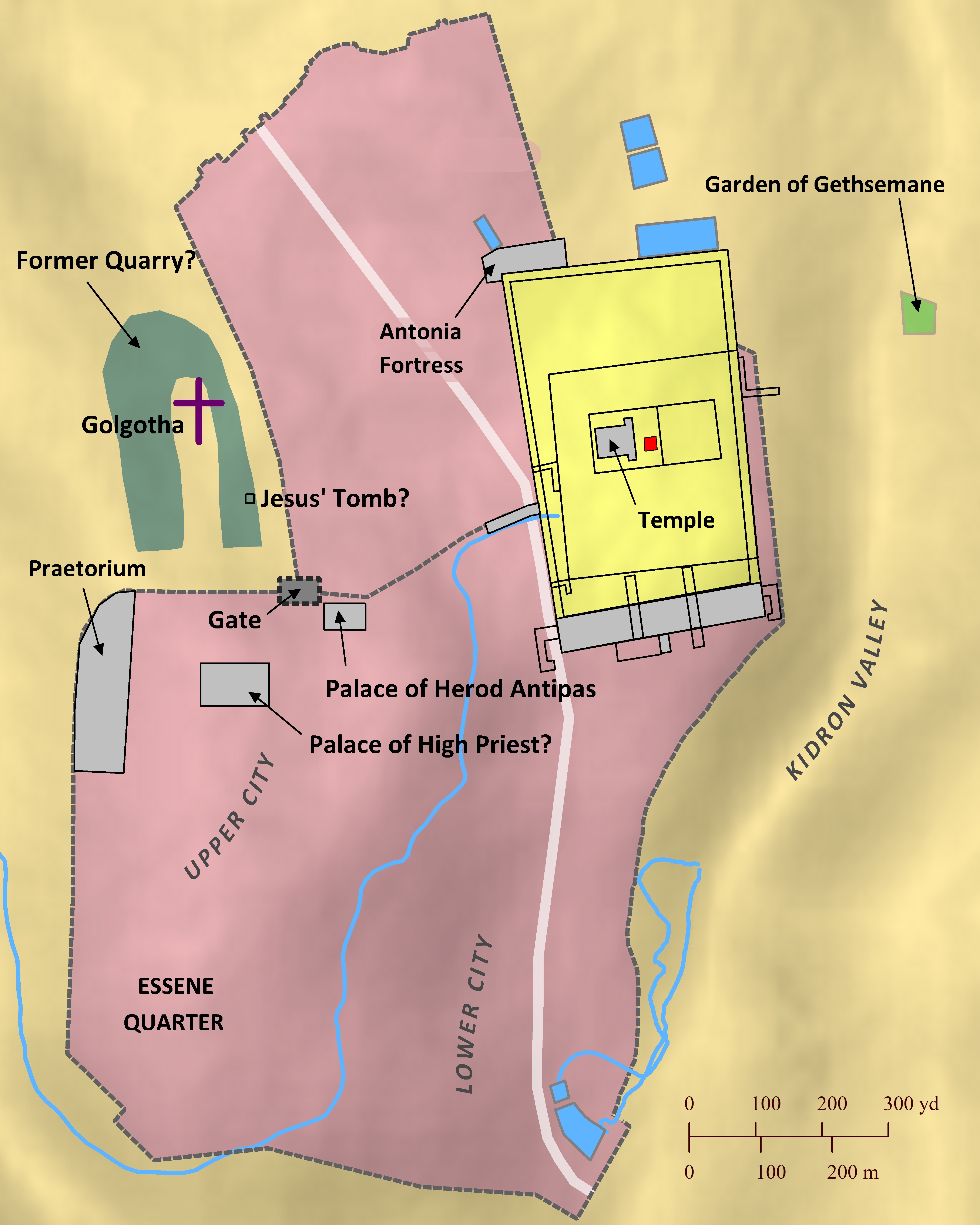Open Bible Data Home About News OET Key
OET OET-RV OET-LV ULT UST BSB MSB BLB AICNT OEB WEBBE WMBB NET LSV FBV TCNT T4T LEB BBE Moff JPS Wymth ASV DRA YLT Drby RV SLT Wbstr KJB-1769 KJB-1611 Bshps Gnva Cvdl TNT Wycl SR-GNT UHB BrLXX BrTr Related Topics Parallel Interlinear Reference Dictionary Search
ParallelVerse GEN EXO LEV NUM DEU JOB JOS JDG RUTH 1 SAM 2 SAM PSA AMOS HOS 1 KI 2 KI 1 CHR 2 CHR PROV ECC SNG JOEL MIC ISA ZEP HAB JER LAM YNA (JNA) NAH OBA DAN EZE EZRA EST NEH HAG ZEC MAL LAO GES LES ESG DNG 2 PS TOB JDT WIS SIR BAR LJE PAZ SUS BEL MAN 1 MAC 2 MAC 3 MAC 4 MAC YHN (JHN) MARK MAT LUKE ACTs YAC (JAM) GAL 1 TH 2 TH 1 COR 2 COR ROM COL PHM EPH PHP 1 TIM TIT 1 PET 2 PET 2 TIM HEB YUD (JUD) 1 YHN (1 JHN) 2 YHN (2 JHN) 3 YHN (3 JHN) REV
Mat Intro C1 C2 C3 C4 C5 C6 C7 C8 C9 C10 C11 C12 C13 C14 C15 C16 C17 C18 C19 C20 C21 C22 C23 C24 C25 C26 C27 C28
Mat 26 V1 V4 V7 V10 V13 V16 V19 V22 V25 V28 V31 V34 V37 V40 V43 V49 V52 V55 V58 V61 V64 V67 V70 V73
Note: This view shows ‘verses’ which are not natural language units and hence sometimes only part of a sentence will be visible—click on any Bible version abbreviation down the left-hand side to see the verse in more of its context. Normally the OET discourages the reading of individual ‘verses’, but this view is only designed as a tool for doing comparisons of different translations—the older translations are further down the page (so you can read up from the bottom to trace the English translation history). The OET segments on this page are still very early looks into the unfinished texts of the Open English Translation of the Bible—please double-check these texts in advance before using in public.
Text critical issues=small word differences Clarity of original=clear Importance to us=normal (All still tentative.)
OET (OET-RV) Get up—we need to move. The one about to turn me in is coming.”![]()
OET-LV Be_being_raised, we_may_be_going.
Behold, the one giving_ me _over has_neared.
![]()
SR-GNT Ἐγείρεσθε, ἄγωμεν! Ἰδοὺ, ἤγγικεν ὁ παραδιδούς με!” ‡
(Egeiresthe, agōmen! Idou, aʸngiken ho paradidous me!”)
Key: khaki:verbs, light-green:nominative/subject, orange:accusative/object.
Note: Automatic aligning of the OET-RV to the LV is done by some temporary software, hence the RV alignments are incomplete (and may occasionally be wrong).
ULT Get up, let us go. Behold, the one handing me over has come near.”
UST Stand up! We are going to leave this place. The person who is helping my enemies arrest me has arrived!”
BSB Rise, let us go! See, My betrayer is approaching!”
MSB Rise, let us go! See, My betrayer is approaching![fn]”
26:46 Or has drawn near; F35 is here
BLB Rise up, let us go! Behold, he who is betraying Me has drawn near!"
AICNT Rise, let us go; behold, the one betraying me has drawn near.”
OEB Up, and let us be going. Look! My betrayer is close at hand.’
WEBBE Arise, let’s be going. Behold, he who betrays me is at hand.”
WMBB (Same as above)
NET Get up, let us go. Look! My betrayer is approaching!”
LSV Rise, let us go; behold, he who is delivering Me up has come near.”
FBV Get up, let's go! See, the one who's betraying me has arrived.”
TCNT Rise, let us go. Behold, my betrayer [fn]has drawn near.”
26:46 has drawn near ¦ is here PCK
T4T Get up! Let’s go to meet them Here comes the one who is enabling them to seize me!”
LEB Get up, let us go! Behold, the one who is betraying me is approaching!”
BBE Up, let us be going: see, he who gives me up is near.
Moff Come, get up and let us go. Here is my betrayer close at hand!'
Wymth Rouse yourselves. Let us be going. My betrayer is close at hand."
ASV Arise, let us be going: behold, he is at hand that betrayeth me.
DRA Rise, let us go: behold he is at hand that will betray me.
YLT Rise, let us go; lo, he hath come nigh who is delivering me up.'
Drby Arise, let us go; behold, he that delivers me up has drawn nigh.
RV Arise, let us be going: behold, he is at hand that betrayeth me.
SLT Be aroused, let us lead forth; behold, he delivering me up, has drawn near.
Wbstr Rise, let us be going: behold, he is at hand that doth betray me.
KJB-1769 Rise, let us be going: behold, he is at hand that doth betray me.
( Rise, let us be going: behold, he is at hand that doth/does betray me. )
KJB-1611 Rise, let vs be going: behold, he is at hand that doeth betray me.
(Modernised spelling is same as from KJB-1769 above)
Bshps Ryse, let vs be goyng: beholde, he is at hande that doth betray me.
(Modernised spelling is same as from KJB-1769 above)
Gnva Rise, let vs goe: beholde, hee is at hande that betraieth me.
(Rise, let us go: behold, he is at hand that betraieth me. )
Cvdl Aryse, let us be goynge. Beholde, he is at hode, that betrayeth me.
(Aryse, let us be going. Behold, he is at hand, that betrayeth me.)
TNT Ryse let vs be goinge: beholde he is at honde that shall betraye me.
(Rise let us be going: behold he is at hand that shall betray me. )
Wycl rise ye, go we; loo! he that schal take me, is nyy.
(rise ye/you_all, go we; loo! he that shall take me, is nigh/near.)
Luth Stehet auf, laßt uns gehen! Siehe, er ist da, der mich verrät!
(Stands on/in/to, let us/to_us/ourselves go! See/Look, he is there, the/of_the me verrät!)
ClVg Surgite, eamus: ecce appropinquavit qui me tradet.
(Surgite, let's_go: behold he_approached who me will_deliver. )
UGNT ἐγείρεσθε, ἄγωμεν! ἰδοὺ, ἤγγικεν ὁ παραδιδούς με!
(egeiresthe, agōmen! idou, aʸngiken ho paradidous me!)
SBL-GNT ἐγείρεσθε ἄγωμεν· ἰδοὺ ἤγγικεν ὁ παραδιδούς με.
(egeiresthe agōmen; idou aʸngiken ho paradidous me.)
RP-GNT Ἐγείρεσθε, ἄγωμεν. Ἰδού, ἤγγικεν ὁ παραδιδούς με.
(Egeiresthe, agōmen. Idou, aʸngiken ho paradidous me.)
TC-GNT Ἐγείρεσθε, ἄγωμεν. Ἰδού, [fn]ἤγγικεν ὁ παραδιδούς με.
(Egeiresthe, agōmen. Idou, aʸngiken ho paradidous me. )
26:46 ηγγικεν ¦ — PCK
Key for above GNTs: yellow:punctuation differs, orange:accents differ (from our SR-GNT base).
26:36-46 This scene reveals the depth of Jesus’ awareness of the suffering that awaited him on the cross, as well as his utter commitment to God’s will (see 20:28). Expressions in 26:41-42 echo the Lord’s Prayer (6:9-13).
Note 1 topic: figures-of-speech / metaphor
ἰδοὺ
behold
The word Behold draws the attention of the disciples and asks them to listen carefully. If it would be helpful in your language, you could express Behold with a word or phrase that asks someone to listen, or you could express the idea in another way. Alternate translation: [Listen] or [Pay attention:]

By the time of the New Testament, the ancient city of Jerusalem had been transformed from the relatively small fortress of David’s day (2 Samuel 5:6-10; 1 Chronicles 11:4-9) into a major city with a Temple that rivaled the greatest temples in the Roman world. Just prior to Jesus’ birth, Herod the Great completely renovated and expanded the Temple of the Lord, and he also built a lavish palace for himself, various pools (where Jesus occasionally performed healings), public buildings, and military citadels, including the Antonia Fortress, which overlooked the Temple. Wealthy residents, including the high priest, occupied extravagant houses in the Upper City, while the poorer residents were relegated to less desirable areas like the Lower City. The Essene Quarter was so named because many of its residents belonged to the Essenes, a strict religious sect that was known for its careful attention to the law of Moses. Across the Kidron Valley lay the Garden of Gethsemane, where Jesus often met with his disciples (Matthew 26:36-46; Mark 14:32-53; John 18:1-14). Further east was the Mount of Olives, where Jesus began his triumphal entry one week before his crucifixion (Matthew 21:1-11; Mark 11:1-11; Luke 19:28-40; John 12:12-19), taught his disciples about the last days (Matthew 24-25; Mark 13), and eventually ascended to heaven after his resurrection (Luke 24:50-53; Acts 1:1-11).

Matthew 26-27; Mark 14-15; Luke 22-23; John 13-19
On the Thursday before he was crucified, Jesus had arranged to share the Passover meal with his disciples in an upper room, traditionally thought to be located in the Essene Quarter of Jerusalem. After they finished the meal, they went to the Garden of Gethsemane, where Jesus often met with his disciples. There Judas Iscariot, one of Jesus’ own disciples, betrayed him to soldiers sent from the High Priest, and they took Jesus to the High Priest’s residence. In the morning the leading priests and teachers of the law put Jesus on trial and found him guilty of blasphemy. The council sent Jesus to stand trial for treason before the Roman governor Pontius Pilate, who resided at the Praetorium while in Jerusalem. The Praetorium was likely located at the former residence of Herod the Great, who had died over 30 years earlier. When Pilate learned that Jesus was from Galilee, he sent him to Herod Antipas, who had jurisdiction over Galilee. But when Jesus gave no answer to Herod’s many questions, Herod and his soldiers sent him back to Pilate, who conceded to the people’s demands that Jesus be crucified. Jesus was forced to carry his cross out of the city gate to Golgotha, meaning Skull Hill, referring to what may have been a small unquarried hill in the middle of an old quarry just outside the gate. After Jesus was unable to carry his cross any further, a man named Simon from Cyrene was forced to carry it for him. There at Golgotha they crucified Jesus. After Jesus died, his body was hurriedly taken down before nightfall and placed in a newly cut, rock tomb owned by Joseph of Arimathea, a member of the Jewish high council. This tomb was likely located at the perimeter of the old quarry.